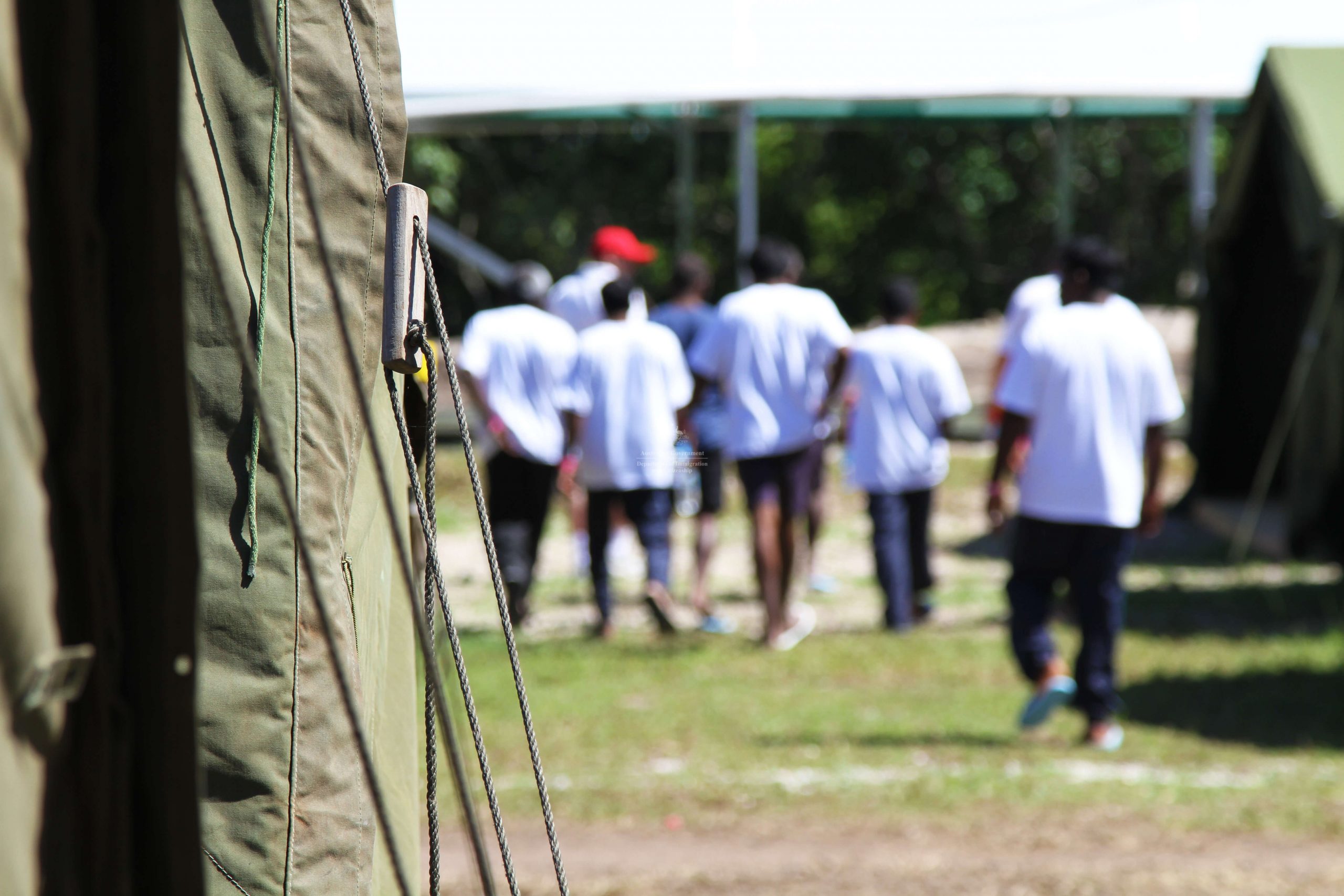A silent refugee emergency has been gathering force with every human conflict, every natural disaster and even major project developments in the country. So much so that over the last four years 1,600,000 have been displaced in their own land, a Papua New Guinea Government official says.
William Tagai, from the Department of Provincial and Local Level Government Affairs (DPLGA), told The National that there would be a “huge increase” in the number of internally-displaced persons (IDP) following the Mulitaka landslide, continuous tribal fights in Enga and East Sepik, recent flooding in parts of the Highlands and increasing sea levels in coastal provinces.
Tagai said other developments and human-induced activities also contributed to displacement of people.
Recognising the enormity of this issue, the Government, through DPLGA, is conducting nationwide consultations to frame a policy to address the issue of displaced people.
Tagai, who is DPLGA southern regional consultation team leader, said: “A recent field study conducted across 17 provinces between 2020 and 2021 shows that 1,617,630 Papua New Guineans are directly affected by all forms of disasters.
“Estimated population of 555,100 (48 per cent) were displaced internally as per 2022 situation analysis while the remaining 1,062,530 (52 per cent) were affected, but not yet displaced, and are likely to be displaced soon.”
However, Tagai said the figure could be “inflated” since last year as a result of climate change and human-induced activities.
The workshop participants in Port Moresby made recommendations on the draft national IDP policy.
DPLGA deputy secretary Joseph Warus said IDP was of great concern among the pressing socio-economic and cultural issues facing the country.
He said the workshops were important because PNG and other Pacific nations do not have policies to address these calamities.
“Currently, there is no policy in place,” Warus said.
“Assistance to the affected communities are provided when the need arises.
“They are not coordinated through a whole of government approach.
“The policy will address IDP and complement the National Disaster Act and Restoration Authority Act along with existing laws and systems in place.”
These, he said, would include issues of local integration, re-integration, relocations, and voluntary repatriations.
Warus said these consultations were a result of a 2017 National Executive Council direction to DPLGA to assess the incidence of internally-displaced people and develop an IDP policy for PNG.
The DPLGA study had the support of the NEC and Prime Minister’s Department, Natural Disaster Centre and the International Organisation for Migration. A tentative completion schedule has been set for next month with the launch around November.
